PARK SLOPE URNS vs. BASEBALL BATS (1914)
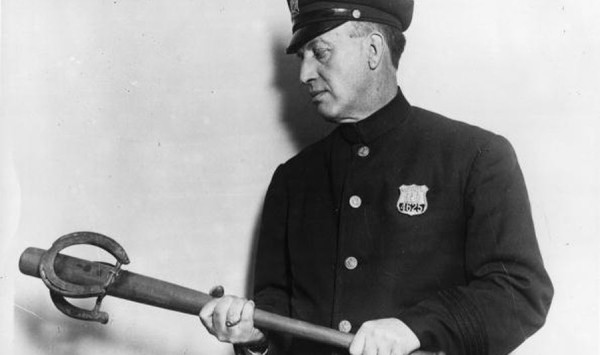
******************************************************************************************************************************** Brownstone Detectives investigates the history of our clients’ homes. The story you are about to read was composed from research conducted in the course of one of those investigations. Do you know the history of YOUR house? ******************************************************************************************************************************** On a still warm September morning in 1914, residents of the homes along the first block of Prospect Park Southwest woke to find something out in front of their houses distinctly off-kilter. As they exited their limestone rowhouses, several of them were shocked to see what appeared to be concrete rubble strewn up and down the block along the sidewalks and within their gates. Leaving their doors and approaching their gates, they began to realize the inanity of the cause – many of their decorative concrete urns, which had been perched peacefully upon the short columns flanking their front gates, had been destroyed overnight. As neighbored surveyed the block, there seemed to be no method to the madness of the demolition of these pieces of architectural ornamentation. Simply put, some neighbors had theirs undisturbed, while others’ urns were a pile of concrete on the sidewalk. The blame was quickly laid squarely at the feet of the local youth – toughs, rowdies, gangs, hoodlums. HOODLUMS It was a common story of the day. Gangs of loafers gathered on corners assaulting women verbally as they passed into the park. Roughs fighting along certain streets at odd hours of the mornings. Rowdies, after drunken trips to Coney Island, ending their nights on a high […]
A WOOD FRAME DEATH SENTENCE (1914)
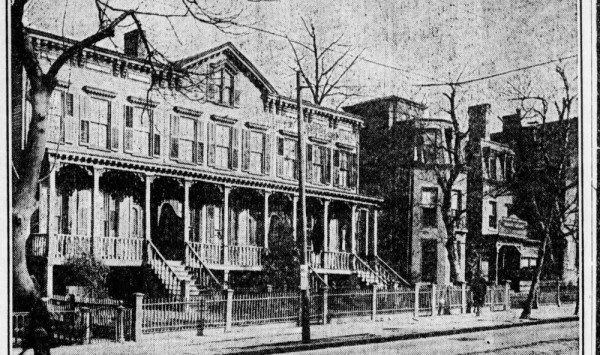
******************************************************************************************************************************** Brownstone Detectives investigates the history of our clients’ homes. The story you are about to read was composed from research conducted in the course of one of those investigations. Do you know the history of YOUR house? ******************************************************************************************************************************** Wood frame dwellings were once the norm in Brooklyn. Before a series of laws were enacted in the mid-1800s remanding that houses be constructed of “non-flammable” materials, houses had generally been made of wood. And wooden houses existed everywhere because they were simple to build, cheap in their construction and costs of materials, and their primary element – wood – was everywhere available. As “non-flammable” construction – mostly brick and brownstone – became the norm throughout the borough, these old structures were systematically torn down and replaced with the newer buildings. So, today, when you see a wooden house anywhere in Brooklyn – esp. closer to the city center – you are seeing a rare commodity, as what’s left of these structures is being torn down all around us by developers planning who are building larger and higher-occupancy buildings in their place. Back in 1914, though, people were generally tired of the wood structures – happy to see them meet the wrecking ball to be replaced by brick and mortar. So, no one lifted an eyebrow that year when the Park Slope YMCA purchased three of these type structures – with plans to level them for their new building. THE “Y” BUYS THREE TEAR-DOWNS In late 1914, the YMCA on the […]
THE FIRE AT NO. 382 PARK PLACE (1903)
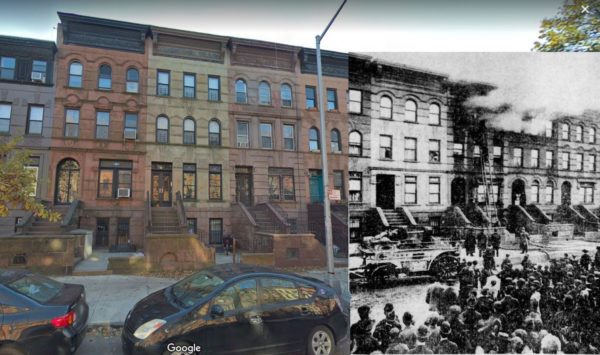
******************************************************************************************************************************** Brownstone Detectives investigates the history of our clients’ homes. The story you are about to read was composed from research conducted in the course of one of those investigations. Do you know the history of YOUR house? ******************************************************************************************************************************** All new homeowners begin their “home” journey with a blank slate. This is especially true in the case of owners of very old properties. They have very little information about the history of the structure they will be living in and nothing at all about the people who once lived there. When we meet with clients for the first time and reveal an important historical event involving their house, they begin to realize a very important historical tenet: Each house has a history. For one house, that history may include a tale about a runaway child. For another it could be a bankruptcy that led to a foreclosure on the home, followed by the family’s ignominious departure in the wee hours. For yet another, it may be a fire that almost destroyed the entire house that they had just purchased. For No. 382 Park Place, it was the flames. “THE FIRE CAUSED MUCH EXCITEMENT…” In a newspaper article accompanied by a picture of the firemen fighting the conflagration, the known details were spelled out – from the person who was home to how the fire was reported and what damage was done. “Fire broke out late yesterday afternoon in the house at 382 Park place and the work of the firemen […]
THE “SPITE WALL” OF CALDERVILLE (1919)
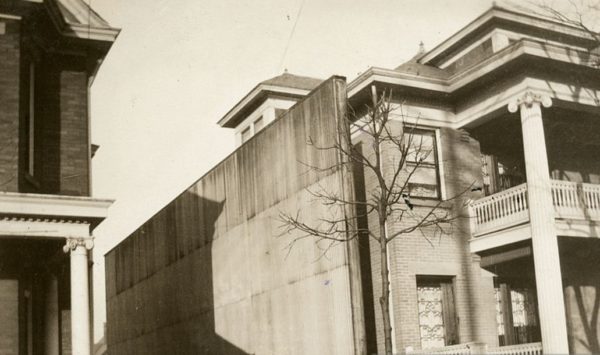
******************************************************************************************************************************** Brownstone Detectives investigates the history of our clients’ homes. The story you are about to read was composed from research conducted in the course of one of those investigations. Do you know the history of YOUR house? ******************************************************************************************************************************** We have all heard of the “spite house.” It is a type of building – constructed on an impossibly small piece of land – existing for a single purpose. That purpose? Spite. In 1919, Marcus Siegelman produced a variation on this theme. He built a spite “wall.” BAD WALLS MAKE BAD NEIGHBORS Sitting in his backyard one day, Siegelman watched as two holes began to appear through the brick wall at the end of his yard. That brick wall was the side of his neighbor’s house, and those holes were about 15 feet up from ground level. Small at first, they eventually grew to the shapes of a couple of large rectangles. Siegelman immediately had his suspicions, but he waited to see what would happen. Slowly, after they were made perfectly squared, into the new openings were installed a couple of sash windows. Siegelman, who lived at No. 1627 10th Avenue in what was known at the time as Calderville (but is referred to today as Windsor Terrace), was now suddenly at war with his neighbor, E. L. Morris, a former policeman who lived at No. 192 Windsor Place (the house behind his with the new windows). For Morris now had a perfect view into Siegelman’s backyard – and his home. […]
A RAILROAD FOR PARK SLOPE’S 8TH ST. (1904)
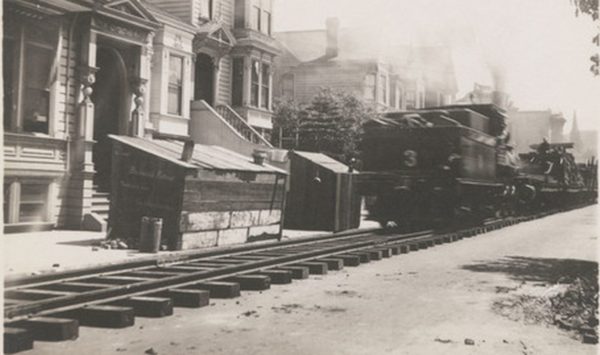
******************************************************************************************************************************** Brownstone Detectives investigates the history of our clients’ homes. The story you are about to read was composed from research conducted in the course of one of those investigations. Do you know the history of YOUR house? ******************************************************************************************************************************** Few of today’s Park Slope residents know about them. In early February of 1904, however, they suddenly appeared on Eighth Street between Prospect Park West and Eighth Avenue, an industrial omen in a white shoe neighborhood. These dark and foreign objects were a set of iron railroad tracks that had been – overnight – inserted coarsely into a place where they did not belong – residential suburbia. The block where these alien metals and wood had descended, had just barely been settled recently with homes (and even more recently with families). It had just seen itself partially developed with a row of eight upscale apartment houses on the north side of the street and 12 two-story & basement limestone houses on its south. With the recent spate of construction, there were – at the time the tracks appeared – a mere four families that had purchased “handsome houses” on the block, which they had taken possession of at “fancy prices.” Now, those with an interest on the block were showing “great alarm.” With the appearance of the tracks, residents fully expected their properties to be “ruined in value,” causing them to begin considering selling them at a discount and to ignominiously leaving the neighborhood. The builder of the limestones, Sen. William […]
BOYS WILL BE “PONY BOYS” (1915)
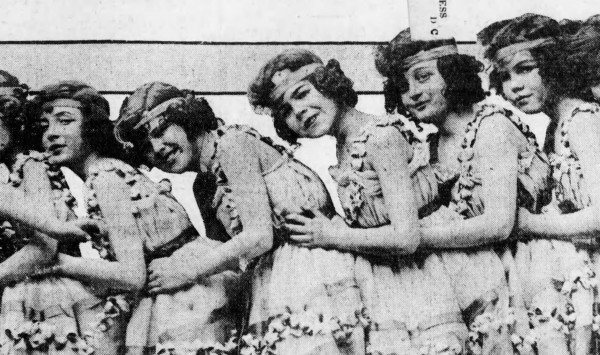
******************************************************************************************************************************** Brownstone Detectives investigates the history of our clients’ homes. The story you are about to read was composed from research conducted in the course of one of those investigations. Do you know the history of YOUR house? ******************************************************************************************************************************** In the early part of the last century, a Brooklyn school boy could put on a dress with nary a thought of it. Cross-dressing – for one night of the year, at least – became so popular with some prep school boys, that they looked forward to it eagerly every year, along with their admirers. This cross-dressing showcase was known as the “Pony Ballet,” the most popular part of the fundraiser put on by Poly Prep which was performed by the pre-pubescent boys of the Poly Prep Country Day School. At the Brooklyn Academy of Music, where the spectacle was celebrated annually, it was not only acceptable for every 10-year-old boy to wear a dress – it was expected. “In 1915’s show the ballet was composed of a dozen youngsters from the lower grades of the school made up as girls. They made the liveliest and most attractive collection of ‘ponies’ seen on the stage in a long time.” A few years later, in 1917, such songs as “I’m a Regular Man Down Here,” and “Hello, Mr. Dream Man,” were sung with bravado in the show “Three Queens.” But the cake must have been taken by the Poly Prep boys in 1914 when the “girls” came out in “doll baby dresses […]
THE SEVEN SISTERS OF LINCOLN PLACE (1906)
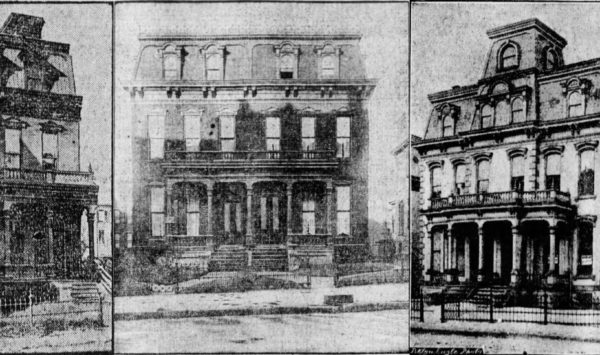
******************************************************************************************************************************** Brownstone Detectives investigates the history of our clients’ homes. The story you are about to read was composed from research conducted in the course of one of those investigations. Do you know the history of YOUR house? ******************************************************************************************************************************** If the Big Bad Wolf had had anything to do with it, he would have always voted for the predictability of a good detached wood-frame villa. It had gotten him far in his day and, what’s more, it had gotten him fed. But it wasn’t the Three Little Pigs’ hairy nemesis that was making housing decisions in Park Slope, Brooklyn around the turn of the last century. Rather, it was the Pigs, themselves, who wanted more modern, sturdier, up-to-date brick and masonry structures. THE DEATH OF VILLAS In early 20th century Brooklyn, a combination of home buyers’ indicators was guiding downward the valuation of older Victorian-era properties. First of all, impacting the long-term downward trajectory, there were the laws promoting fire zones that prevented structures built with wood frames from being constructed going forward. There was also their susceptibility to fire (which prompted these fire zones in the first place). And there was their age – a large number of free-standing villas still around in Brooklyn at the time were at least 25 years old – most others were many years older that that. Most visible, however, were the tastes of the early 20th century home buyers which leaned heavily in the direction of sturdy masonry buildings. The variable, however, which […]
THE RENTERS OF CARROLL GARDENS (2017)
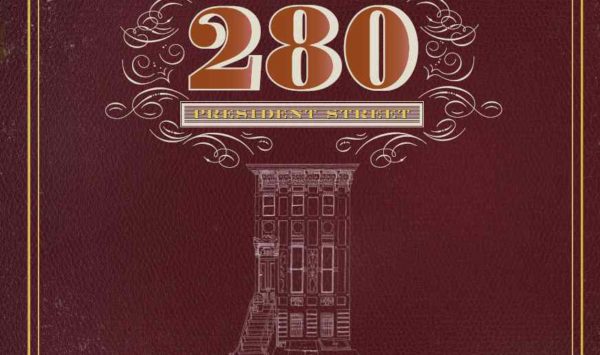
“A British cheese dealer, a newsman who predicted his own death, a leather merchant with a penchant for chorus girls, an alleged wife murderer, a German dentist with political aspirations, a Norwegian hero tugboat captain, and an Italian bomb builder…” These are many of the characters who were discovered during the recent investigation into the history of a Carroll Gardens brownstone. The historic property, No. 280 President Street, is an 1880 brownstone that was, additionally, built by a man who turned out to be the product of a clandestine relationship that rocked Brooklyn in the 1870s with stories of challenged wills, mental illness, and “other” women, presented under such headlines as “BEDEVILED” and “DRAKE’S WILL: His Illegitimate Children Most Carefully Provided for.” For nearly 100 years after the house was completed, No. 280 served its various owners as a rental property. The first owners to actually live in the home, Joachim and Eunice Auer, purchased it in 1979. After navigating redlining, remediating a rat and termite infestation, and entering into a year-long renovation, the Auers settled into enjoying their 2-story and basement home directly across the street from Carroll Park. While the Auers had always been interested in the history of their house (indeed, it was one of the reasons that they bought the house), and after doing some amount of research themselves, they decided to find someone who could more fully track down the history of their home. They turned to a detective – a Brownstone Detective. After a year […]
A REALTOR ON THE PARK SLOPE (1885)
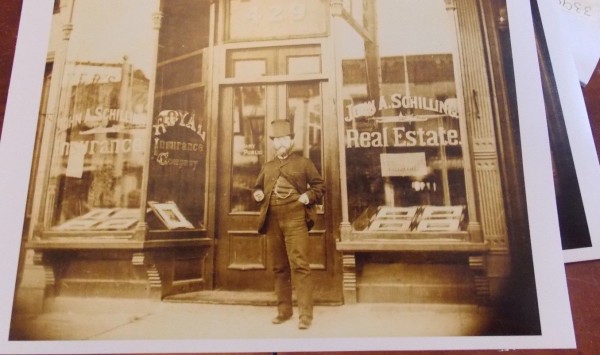
******************************************************************************************************************************** Brownstone Detectives investigates the history of our clients’ homes. The story you are about to read was composed from research conducted in the course of one of those investigations. Do you know the history of YOUR house? ******************************************************************************************************************************** In 1885, Park Slope was still expanding at a rapid clip; houses were being built and sold to those members of a future Brooklyn elite who were then moving from Manhattan across a recently completed Brooklyn Bridge. Enter John A. Schilling of 429 5th Avenue (btwn 8th and 9th streets), who cared for all of Prospect Park Slope’s realty and insurance needs. Schilling appears to have been at the Fifth Avenue location from 1882 through at least 1894, at which time, probably due to the Panic of 1893, the real estate market dried up. These bad economic times, which lasted most of the decade, would force him to go out of business and sell his office – after which he would seek other employment. With his Republican political connections, and the fact that another German, Republican Charles A. Schieren, had just been elected mayor of Brooklyn, that work came in civil service positions which had him working for various Brooklyn city agencies. Schilling was also a Civil War veteran, which was common for men his age living in Park Slope during the period. When Schilling passed in 1910 on Montague Terrace in Brooklyn Heights, he was memorialized in the press as “very popular among his associates.” Follow @BrownstoneDetec Share ———————————————————————————————————————– The […]
WHEN BROOKLYN’S SUBWAYS WERE CAVING IN
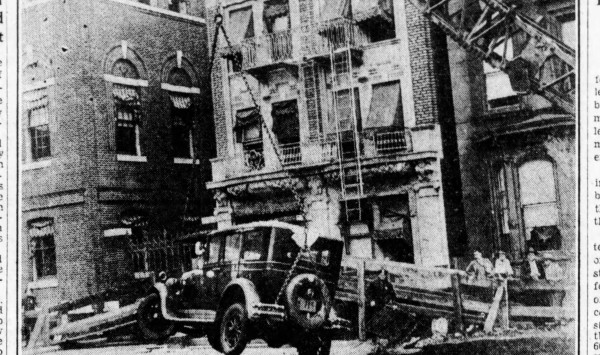
Back in the day, when subways were being dug throughout the city, cave-ins were a common occurrence. Very often these cave-ins were caused by water leakage or seepage, or heavy rains. As such, the City began to run drainage water in overhead tubes to keep the area near the subway digs in-tact. Follow @BrownstoneDetec ———————————————————————————————————————– The Brownstone Detectives The story you have just read was composed from historical research conducted by The Brownstone Detectives. It was uncovered during the extensive research that our clients commission us to perform on their historic homes, research which culminates in the production of one of our celebrated House History Books. If you are interested in discovering the history of your home, contact us today.